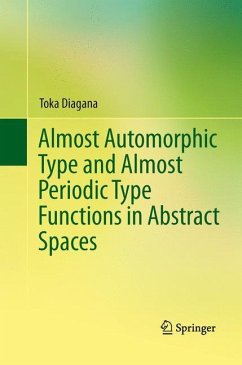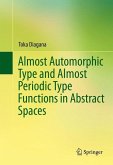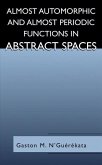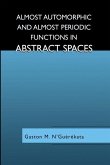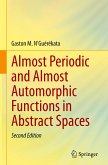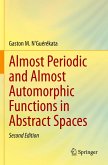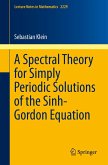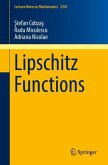This book presents a comprehensive introduction to the concepts of almost periodicity, asymptotic almost periodicity, almost automorphy, asymptotic almost automorphy, pseudo-almost periodicity, and pseudo-almost automorphy as well as their recent generalizations. Some of the results presented are either new or else cannot be easily found in the mathematical literature. Despite the noticeable and rapid progress made on these important topics, the only standard references that currently exist on those new classes of functions and their applications are still scattered research articles. One of the main objectives of this book is to close that gap. The prerequisites for the book is the basic introductory course in real analysis. Depending on the background of the student, the book may be suitable for a beginning graduate and/or advanced undergraduate student. Moreover, it will be of a great interest to researchers in mathematics as well as in engineering, in physics, and related areas. Further, some parts of the book may be used for various graduate and undergraduate courses.
From the book reviews:
"This book is a nice text for those interested in the topics of almost automorphy and almost periodicity in abstract spaces. ... It is worth mentioning that some results are new or not easily accessible in the mathematical literature, which makes the book even more interesting. In greater detail, the book is structured in twelve chapters and an appendix." (Tomás Caraballo, Mathematical Reviews, June, 2014)
"This book is a nice text for those interested in the topics of almost automorphy and almost periodicity in abstract spaces. ... It is worth mentioning that some results are new or not easily accessible in the mathematical literature, which makes the book even more interesting. In greater detail, the book is structured in twelve chapters and an appendix." (Tomás Caraballo, Mathematical Reviews, June, 2014)

